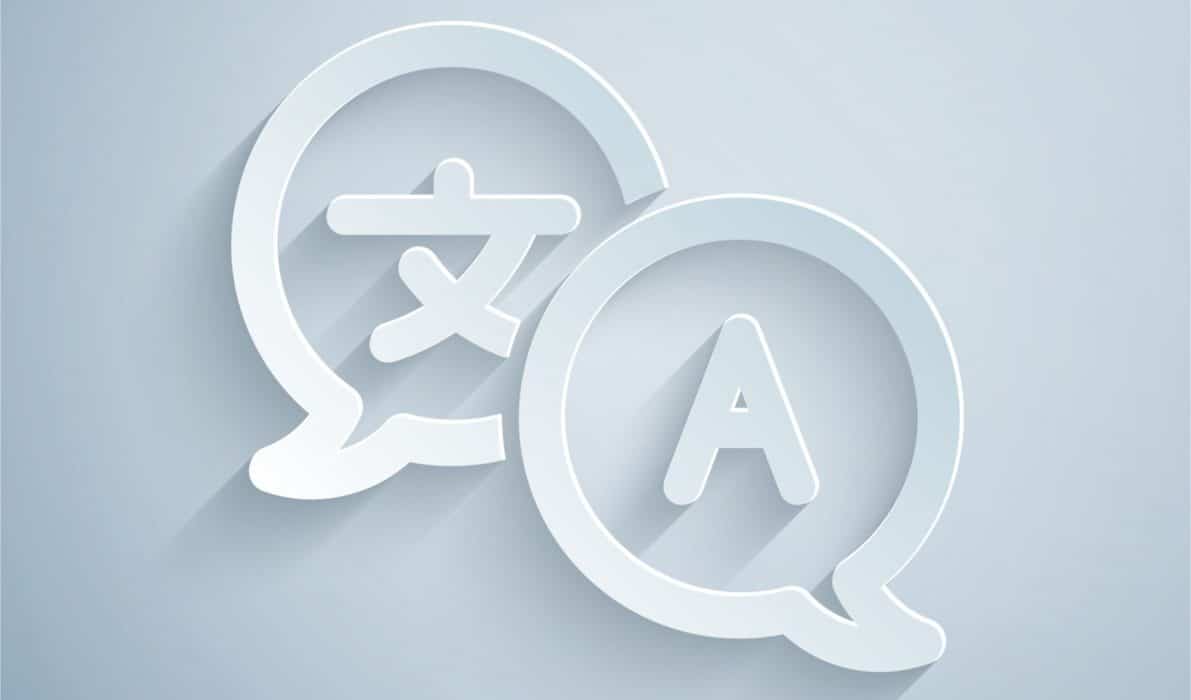Checklist for placing a translation request
Knowing the intricacies of a translation process is tremendously helpful and facilitative in efficiently managing your projects. You could either overestimate or underestimate the cost of translation, misjudge your content, requirements, project timeline, and even language pair. While our team would certainly be glad to help you with these details, being aware of them would save you a lot of valuable time which might otherwise be wasted in a perfectly avoidable back-and-forth. Below is a simple “checklist” you should consider when placing a translation order:
- Budget
Translation costs vary. The deadline, topic of translation, and language pair all play a significant role here. The type of translation required is also a defining factor. Some translations are extremely delicate and possibly highly technical and would thus often require a 3 or 4-stage translation process, with proofreading and reviewing involved (more on this here). Certain content wouldn’t require these additional steps, and in such cases, you might require a “translation-only” job or a 2-stage process without the necessity for ISO 17100:2015 compliance (more on ISO 17100:2015 here). Knowing these details puts you in the driving seat and helps you allocate a budget that precisely corresponds to your needs.
- Target audience
Is your translation intended for the general public, internal circulation within your organization, or a specialist on the subject matter?
- Language pair
Selecting your required language pair may not be as straight forward as it seems. This point is closely tied to the previous one in that knowing your target audience is cruicial. For instance, there are several of French, Spanish and German dialects, all which vary depending on where each language is spoken. It’s often extremely important to specify the required locale depending on your target audience (e.g. French or Canadian French). The significance here isn’t only linguistic, but certain cultural and regional nuances are almost always at play in translation projects. The cost of translation may also be affected by this point (e.g. US Spanish and Latin-American Spanish vary greatly).
- Abbreviations and proper nouns
Abbreviations could prove very confusing even for the most experienced translator. Dictionaries can be helpful, but not always. Proper nouns often have standard spellings, but again this isn’t necessarily always the case. You may need to provide official name spellings in the target language as per official documents. This information is very helpful in building a solid translation memory in our system as it contributes to maintaining a consistency of terminology usage throughout your translations and reduces translation costs, saving you money in the long run.
- Deadline
The date (and sometimes exact time) the completed translation is required
- Additional queries or requirements regarding the translation
You may have concerns or requirements that are specific to your needs at the time, be sure to communicate them with the designated project manager!
As mentioned earlier, if you’re confused about any of the above points or simply do not have the time to go through the checklist in detail, just give us a call and we’d be more than happy to help!




